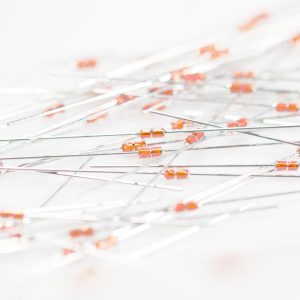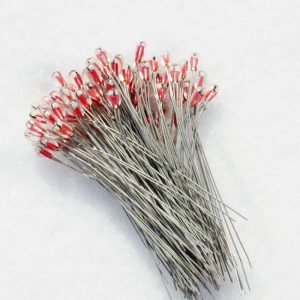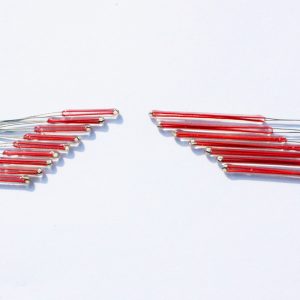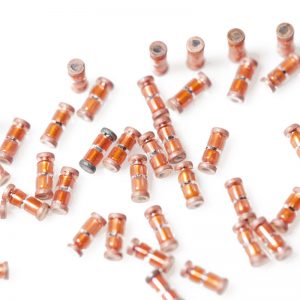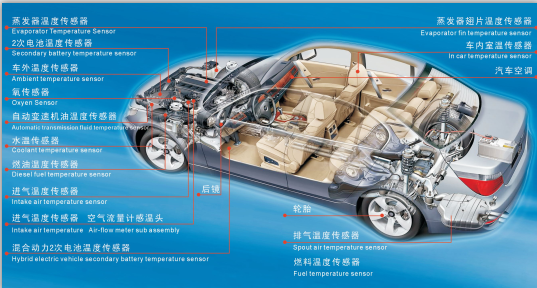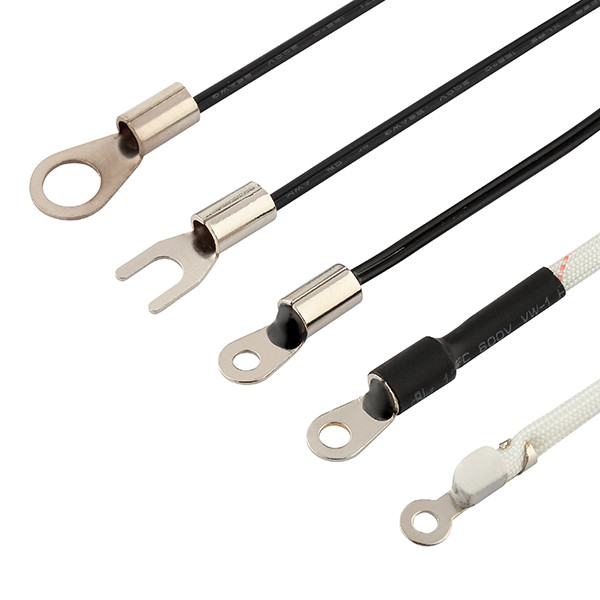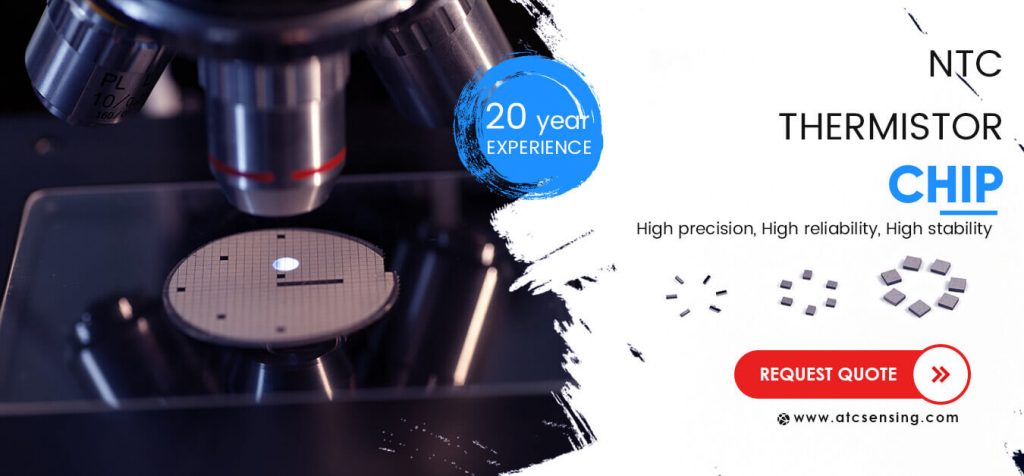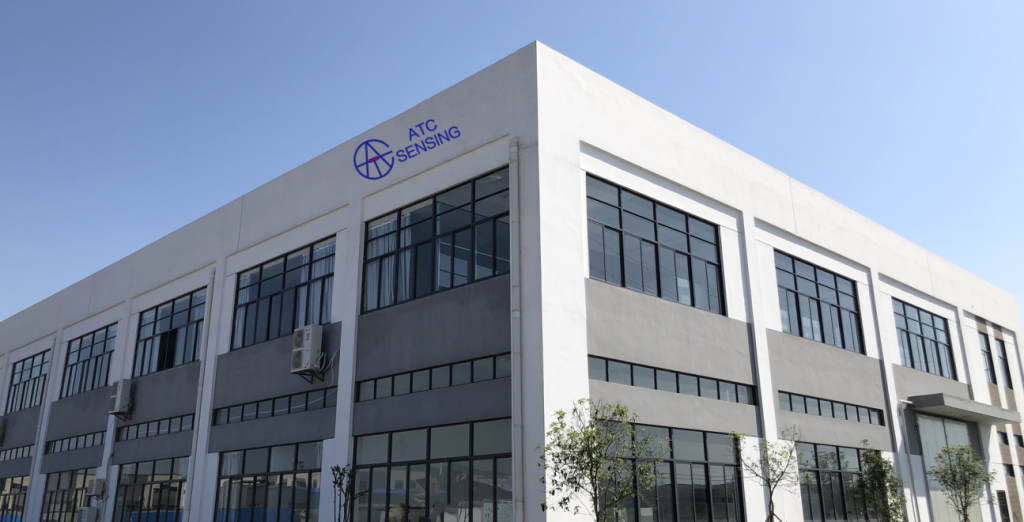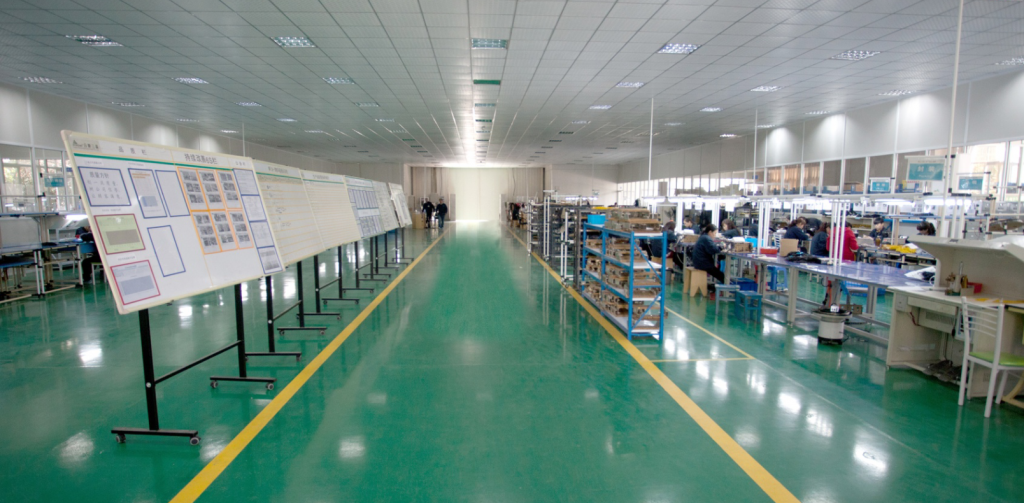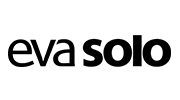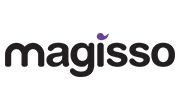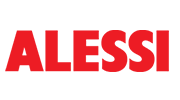According to the Statistical Communiqué of the National Economic and Social Development 2014 of the National Bureau of Statistics, among the 1.367 billion people in China in 2014, the population aged 60 and over was 212 million, accounting for 15.5% of the total population; the population aged 65 and over was 137 million people, accounting for 10%.
According to internationally accepted standards, when a country or region of the elderly over 60 years old accounts for 10% of the total population, or the elderly population over 65 years old accounts for 7% of the total population, it means that the population of this country or region is in an aging society.
According to the World Health Organization, by 2050, China will have 35% of its population over 60 years old, making it the world’s most aging country.
With the deepening of aging, the uneven distribution of medical resources and the difficulty of access, the heavy burden of medical insurance will become a serious social problem.
On May 18th, Jamel Dingen, president of the Royal Canadian Academy of Sciences, gave a response to the problem of China’s aging at the industry seminar. “Accelerate the promotion of smart sensor applications, using more advanced detection methods to reduce medical care. The cost of detection”.
Record real-time data from the body through smart wearable medical sensing equipment, and then use the network for medical sensing to diagnose the condition – you will have a “private doctor” in your pocket whenever and wherever you want.
According to industry insiders, the most widely used sensors in the medical field are temperature sensors, pressure sensors, biosensors and fiber optic sensors.
According to ABI’s forecast, the market for wearable health care sensors will grow at an annual rate of around 40%. By 2017, the number of wearable health care sensors will reach 160 million



